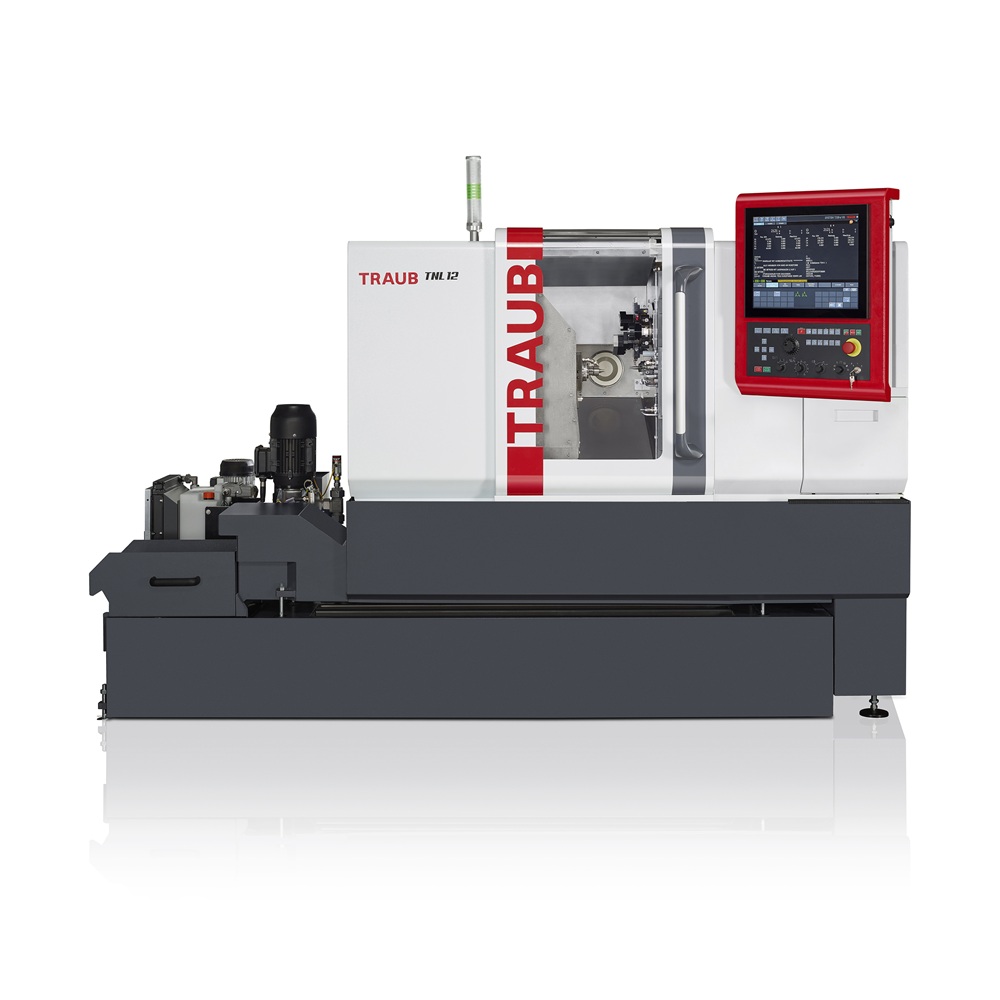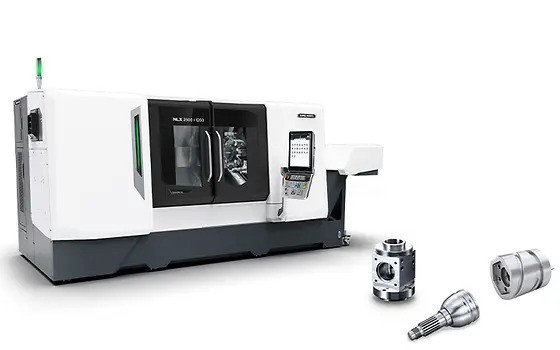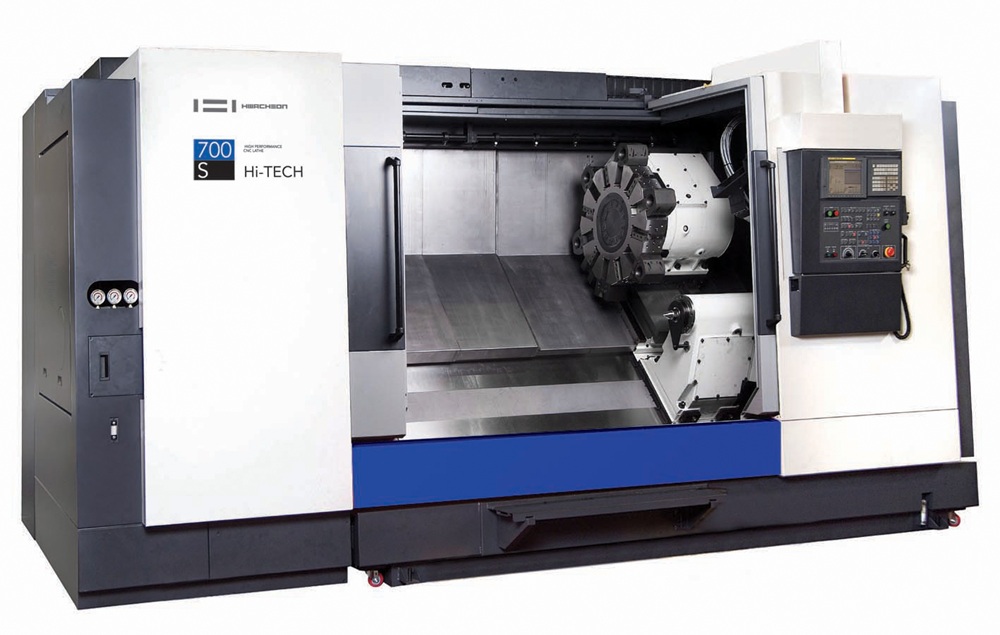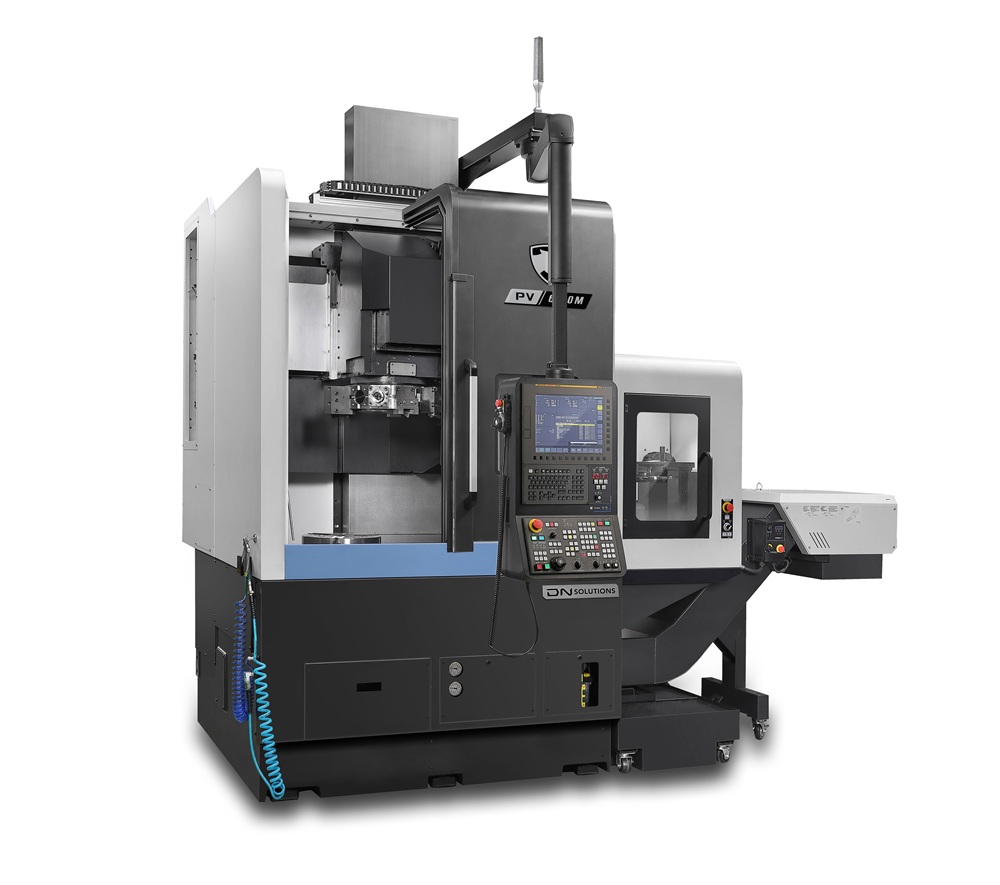Among the machine highlights on the stand of Index at the EMO 2025 exhibition last week was the Traub TNK40 production turning machine, a pure short-turning machine developed on the basis of the Traub TNL32 compact Swiss-type turning machine. Instead of the sliding-head for Swiss-type turning, the TNK40 has a fixed headstock with a spindle diameter of 40 mm. Thanks to the low-vibration and simple bar feed, the machine achieves higher overall rigidity than the Swiss-type turning version, which is reflected in increased dynamics and component quality.
Another new addition to the portfolio on show at EMO was the Traub TNL12 lean Swiss-type turning machine. This cost-effective entry-level model is configured with only one turret and one rear unit. The driven guide bush is adjustable but not programmable. Optional extensions are of course still possible.
Complete machining and automation are of course setting a trend across all industries. Index demonstrated what a practical solution can look like at EMO 2025 using the example of the Index G200.2 and G320 turn-mill centres with the iXcenter robot cell.
Among the technological innovation on show was High Dynamic Turning (HDT), which Index has further developed into HDT 2.0. In this process, the setting angle of a turning tool is continuously adjusted using the C axis of a motorised milling spindle. Index has developed a new input mask for HDT 2.0 that allows this process to be programmed easily and efficiently directly at the machine. This capability eliminates the need for numerous tool changes, as even very complex turning contours can be machined with just one tool.
Index also presented a solution that enables HDT on a turret and even on a multi-spindle automatic lathe.
More information www.index-group.com



















